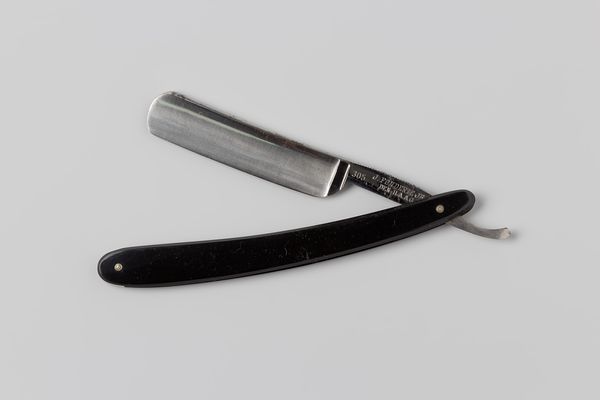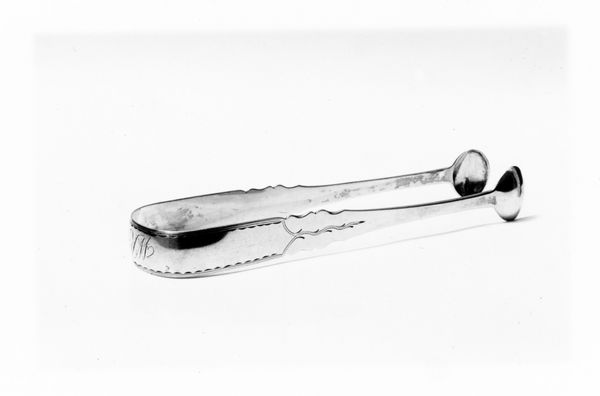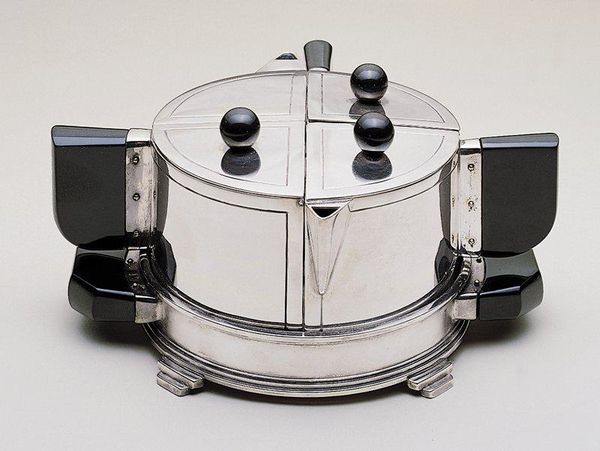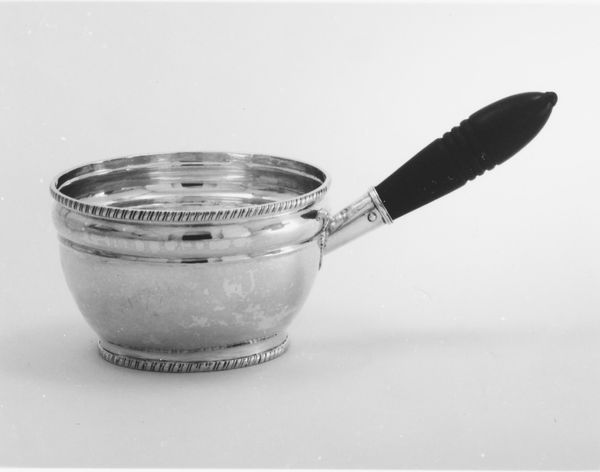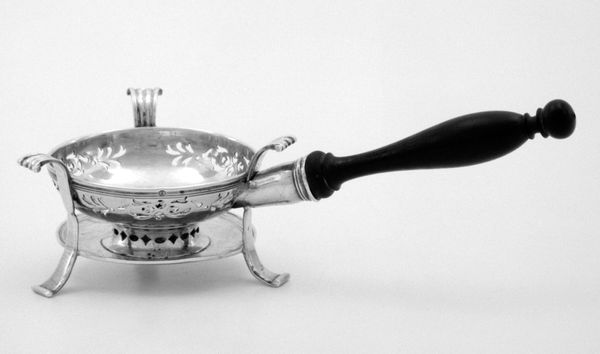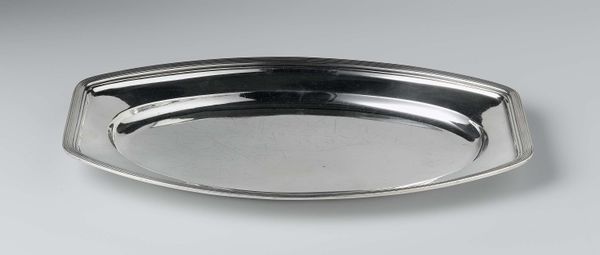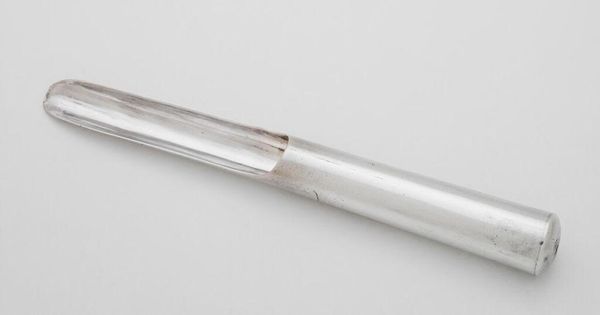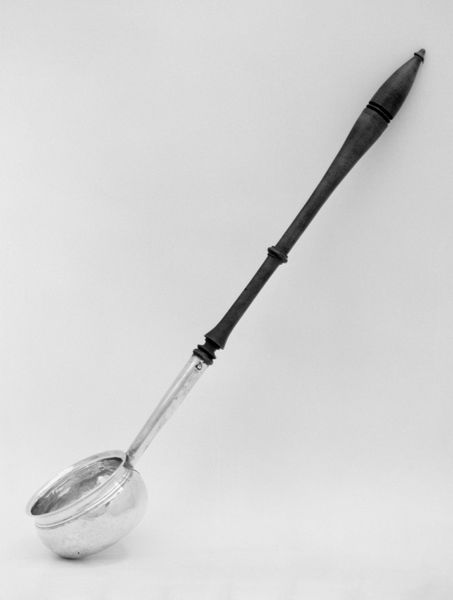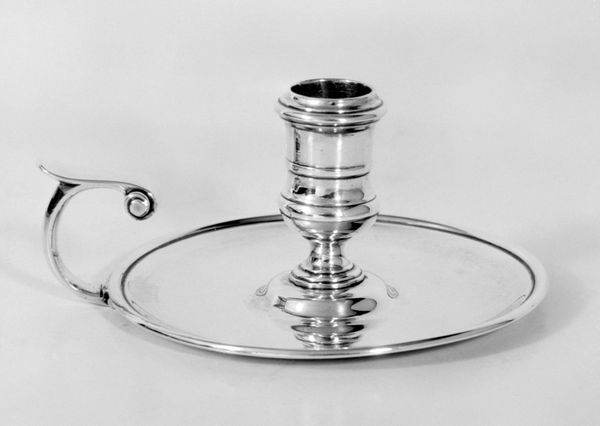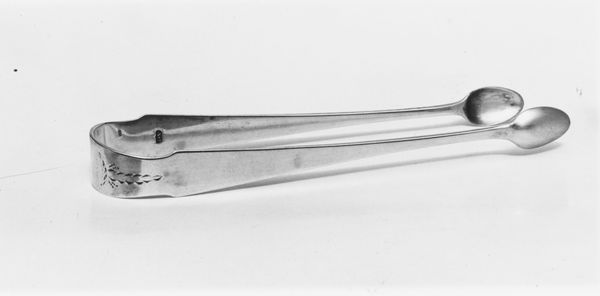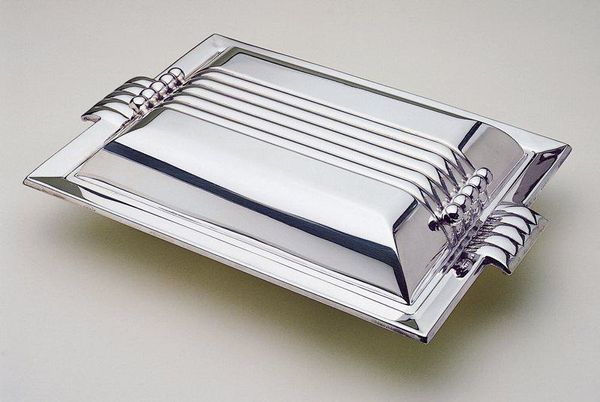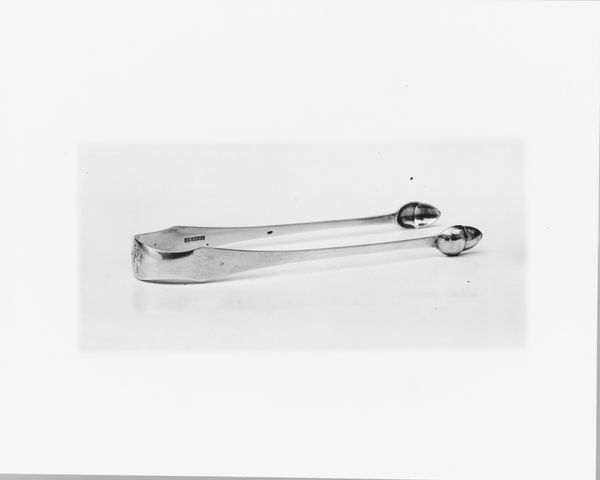
metal
#
art-deco
#
metal
#
modernism
Dimensions: 5 x 8 x 7 in. (12.7 x 20.32 x 17.78 cm)
Copyright: No Copyright - United States
W.E. Gundelfinger made this K-M Flatwork Ironer sometime before he died in 1969, using what looks like metal and plastic. It’s incredible how the shiny, reflective surfaces of the iron play with light, almost like a tiny sculpture. You can practically feel the smooth, cool touch of the metal and the warmth radiating from within. Look closely at the handle, notice how its curves fit snugly in your hand, promising comfort and control. The circular form of the iron contrasts with the angularity of its supporting frame, a visual dance that keeps your eye moving. It's not just an object; it’s a testament to the beauty found in the everyday, and it reminds me of some of Duchamp's readymades, turning ordinary objects into art. What do you think?
Comments
minneapolisinstituteofart over 1 year ago
⋮
One could argue that Stevens’ Petipoint was the racecar of the ironing world at the time, with its streamlined wings on either side. They actually facilitated air-cooling, keeping the user’s hand and the thermostat area cool. The upswept back portion of the iron is the “petit point” for detailing ruffles and pleats. Knapp-Monarch advertised that its Flatwork Ironer, specially designed for flat linens like sheets and tablecloths, would “cut flatwork ironing time by ⅓.” Its round shape allowed it to move in any direction and it had versatile settings for linen, cotton, wool, silk, and artificial silk.The irony (pun intended) here is that although these appliances performed very well, they often increased the amount of in-home ironing done by housewives, who earlier would have sent linens out for pressing.
Join the conversation
Join millions of artists and users on Artera today and experience the ultimate creative platform.
